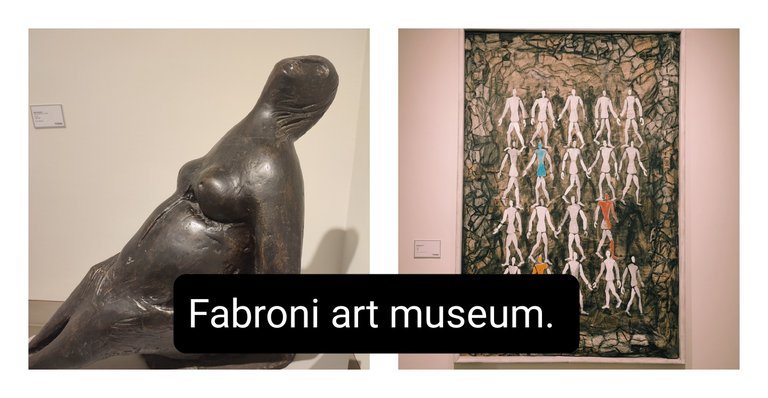
English
Good evening Hivers, today I'm taking you with me to a place that is magical for me, which I visit on a regular basis whenever there is an exhibition that fascinates me or when there are new works on display, it's the Fabroni, a museum that's sort of the heart of my city, a museum of contemporary art and twentieth-century artists from Pistoia, I will now take you on a small tour of this place. I will have to make more posts because there are so many works and artists to talk about and I hope you will appreciate this multi-faceted place like me.
As soon as you enter the museum it opens immediately with very interesting works, on the ground floor works from the early twentieth century to the 60s of Pistoia are exhibited, particularly noteworthy are the works of Jorio Vivarelli and Marino Marini, both well-known artists of the Pistoia school, Vivarelli is the sculptures from the sixties with his own foundation (his works are in the first photos), Marino Marini, famous above all for his horse-like, non-conformist and bizarre statues, was the most famous sculpture in the city, as well as an artist and painter, he used various materials , plaster, terracotta, wax and experimented with various shapes and materials, his series of pomones but also of equestrian statues is famous.
Spanish
Buenas noches Hivers, hoy os llevo conmigo a un lugar que para mí es mágico, que visito habitualmente siempre que hay alguna exposición que me fascina o cuando hay nuevas obras en exposición, es el Fabroni, un museo que es una especie de corazón de mi ciudad, un museo de arte contemporáneo y de artistas del siglo XX de Pistoia, ahora les llevaré a un pequeño recorrido por este lugar. Tendré que hacer más publicaciones porque hay muchas obras y artistas de los que hablar y espero que aprecies este lugar multifacético como yo.
Nada más entrar al museo se abre inmediatamente con obras muy interesantes, en la planta baja se exponen obras desde principios del siglo XX hasta los años 60 de Pistoia, destacan especialmente las obras de Jorio Vivarelli y Marino Marini, ambos artistas muy conocidos. de la escuela de Pistoia, Vivarelli son las esculturas de los años sesenta con su propia fundación (sus obras están en las primeras fotos), Marino Marini, famoso sobre todo por sus estatuas equinos, inconformistas y extrañas, fue la escultura más famosa. en la ciudad, además de artista y pintor, utilizó diversos materiales, yeso, terracota, cera y experimentó con diversas formas y materiales, es famosa su serie de pomones pero también de estatuas ecuestres.
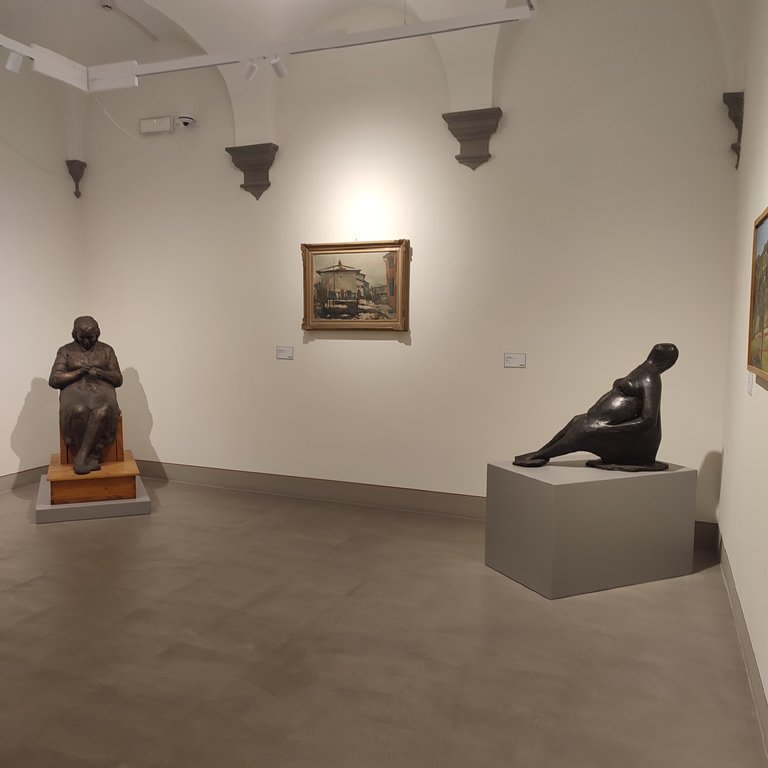
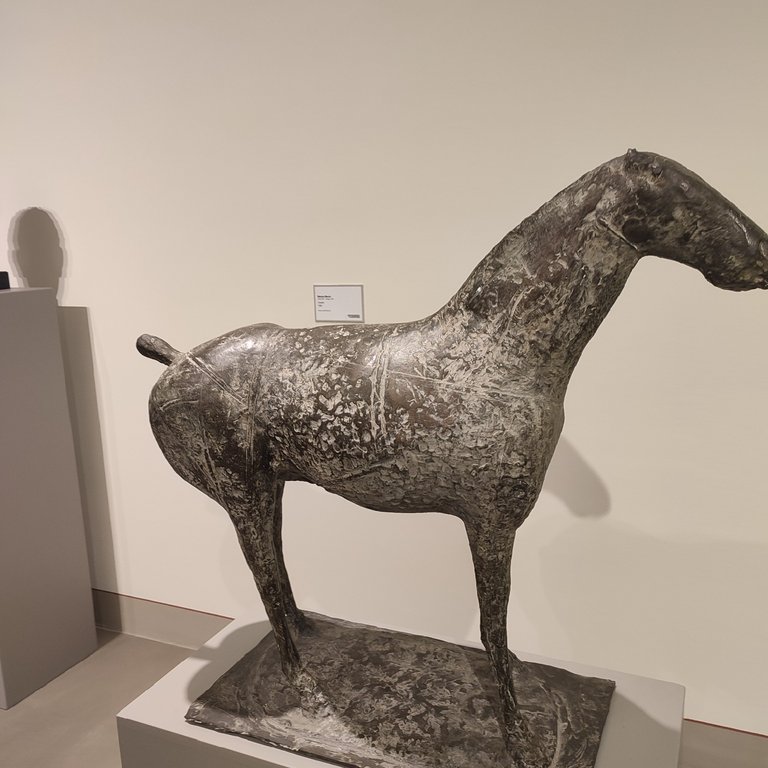
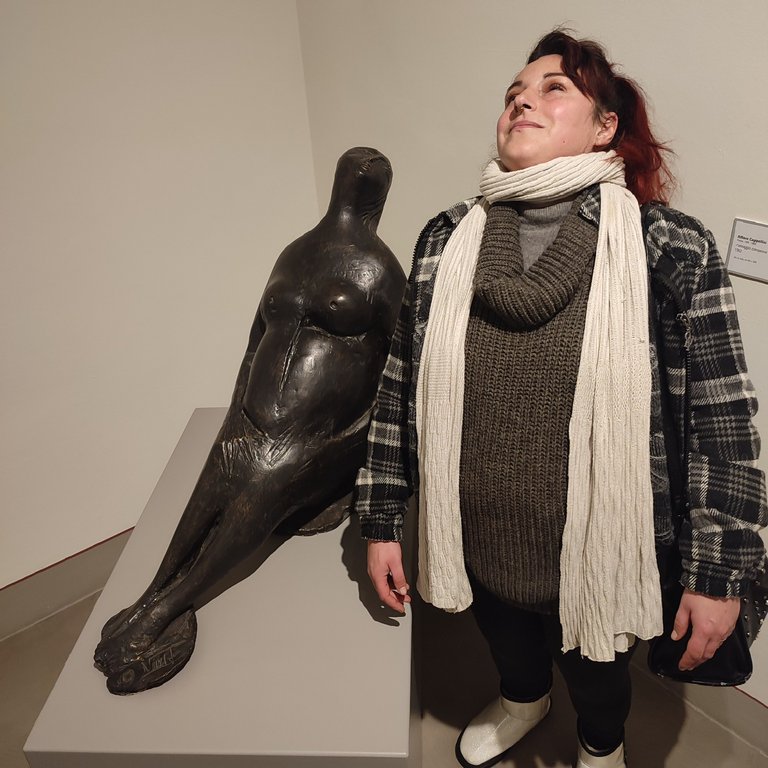
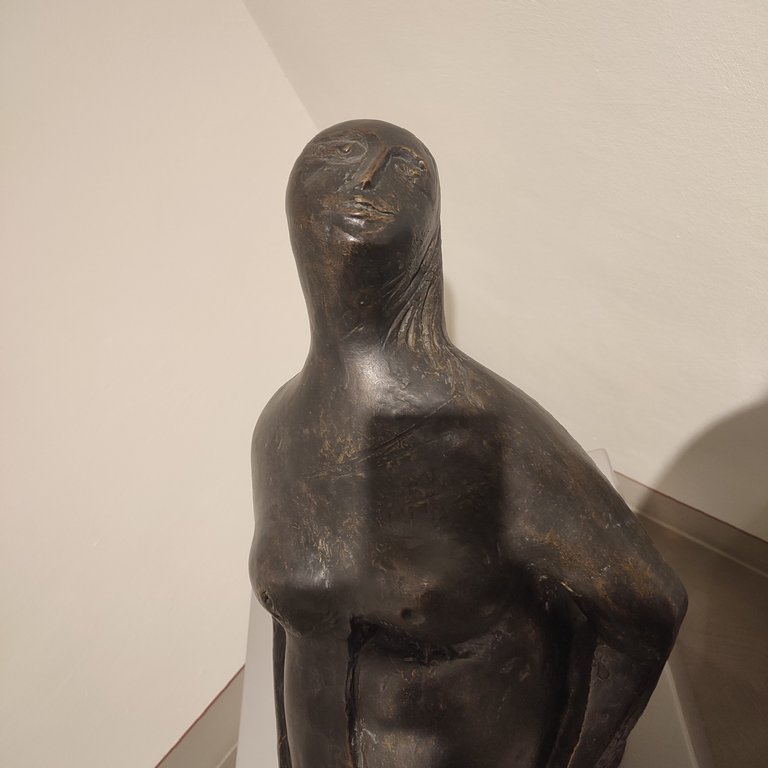

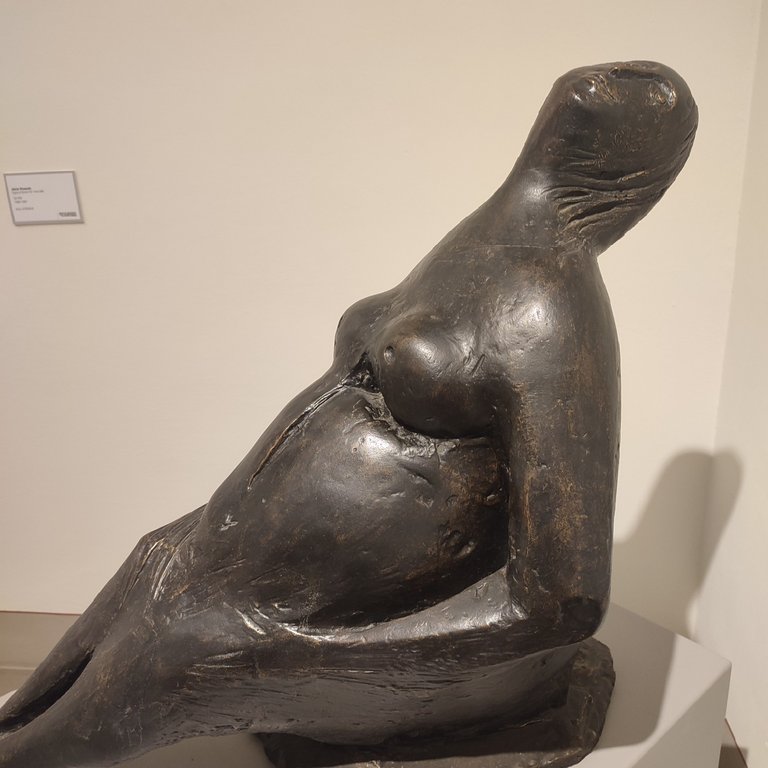
English
Then we continue with other works, here is one of my favorites "Crowd" by Roberto Barni (the painting with the white men) Barni also had an exhibition at the MoMa and is a painter and sculptor of the 90s, his men are characteristic thin and stylized. Continuing there are other works such as the very colorful and line paintings by Buscioni or the women by Marini and other minor artists of the Pistoia school. Then we continue with one of the most controversial sculptures, either you love it or hate it, "The Rape of Proserpina" by one of my favorite artists Fernando Melani who also has his home studio that can be visited in the city, this work made with a bicycle is inspired in a modern way to the work of Bernini.
Then there is another work that I really like, the colorful paintings by Mario Nigro, there is an entire section dedicated to this type of art, very colorful and in contrast with the eighteenth-century building that houses it. For now I'll end here but in the next post I will also take you upstairs with many other fascinating artists and one of the most beautiful works that reflects the spirit of my city. I hope you enjoyed this little art tour, follow me for the next post!
Spanish
Luego seguimos con otras obras, aquí está una de mis favoritas "Multitud" de Roberto Barni (el cuadro con los hombres blancos) Barni también tuvo una exposición en el MoMa y es un pintor y escultor de los años 90, sus hombres son característicos delgadez y estilizado. A continuación se encuentran otras obras como las pinturas muy coloridas y lineales de Buscioni o las mujeres de Marini y otros artistas menores de la escuela de Pistoia.
Luego continuamos con una de las esculturas más controversiales, o la amas o la odias, "El Rapto de Proserpina" de uno de mis artistas favoritos Fernando Melani quien también tiene su casa estudio que se puede visitar en la ciudad, esta obra realizada con una bicicleta está inspirada de forma moderna en la obra de Bernini. Luego hay otra obra que me gusta mucho, los cuadros coloridos de Mario Nigro, hay una sección entera dedicada a este tipo de arte, muy colorido y en contraste con el edificio del siglo XVIII que lo alberga. Por ahora terminaré aquí pero en el próximo post también los llevaré arriba con muchos otros artistas fascinantes y una de las obras más hermosas que refleja el espíritu de mi ciudad. Espero que hayas disfrutado de este pequeño recorrido artístico, ¡sígueme para la próxima publicación!

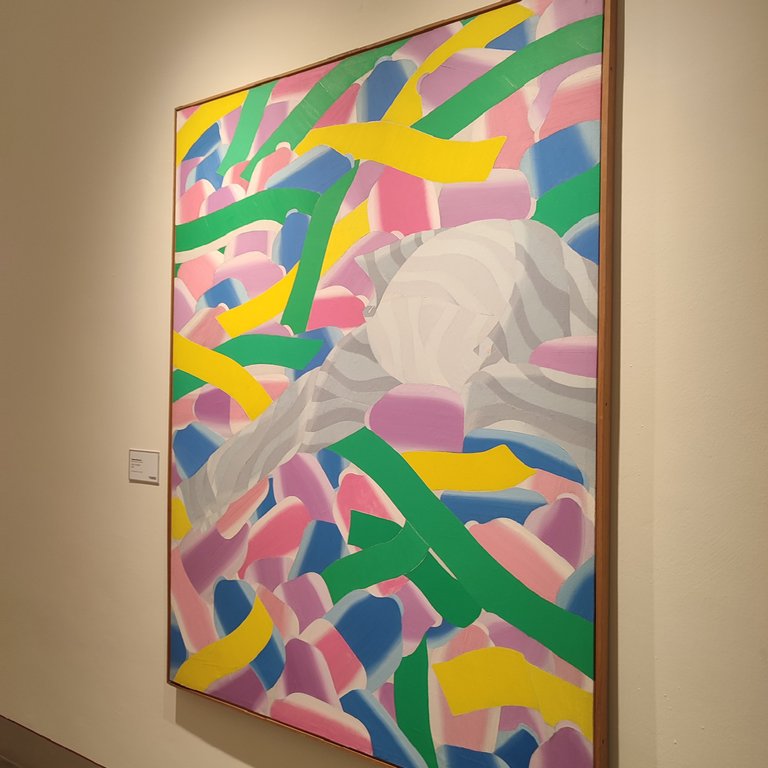
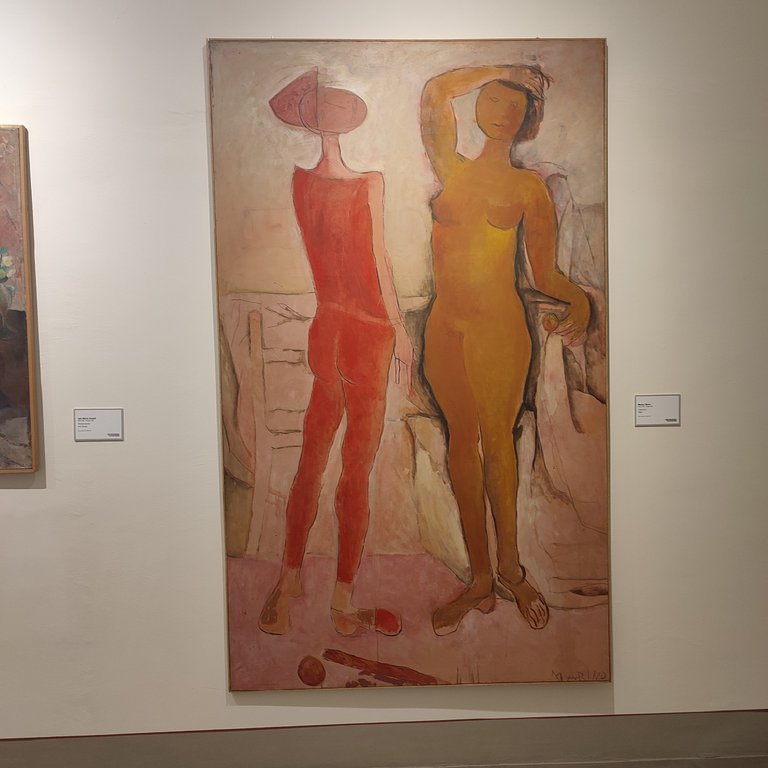

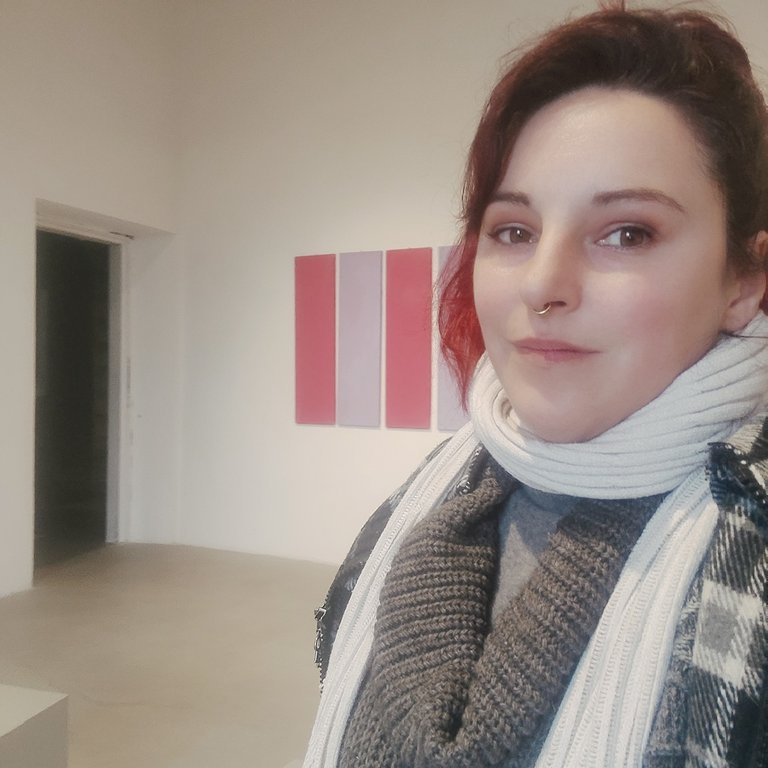
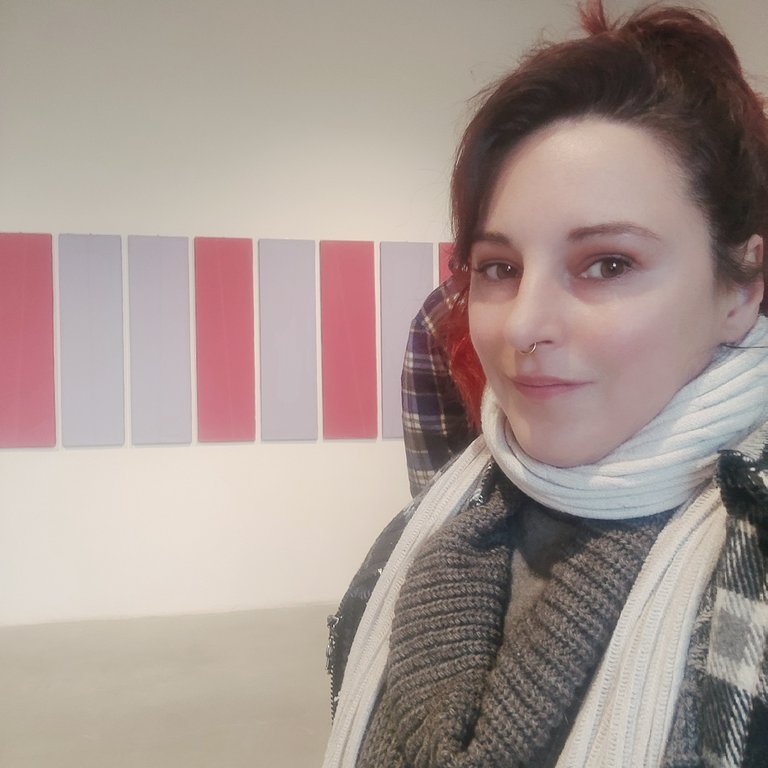


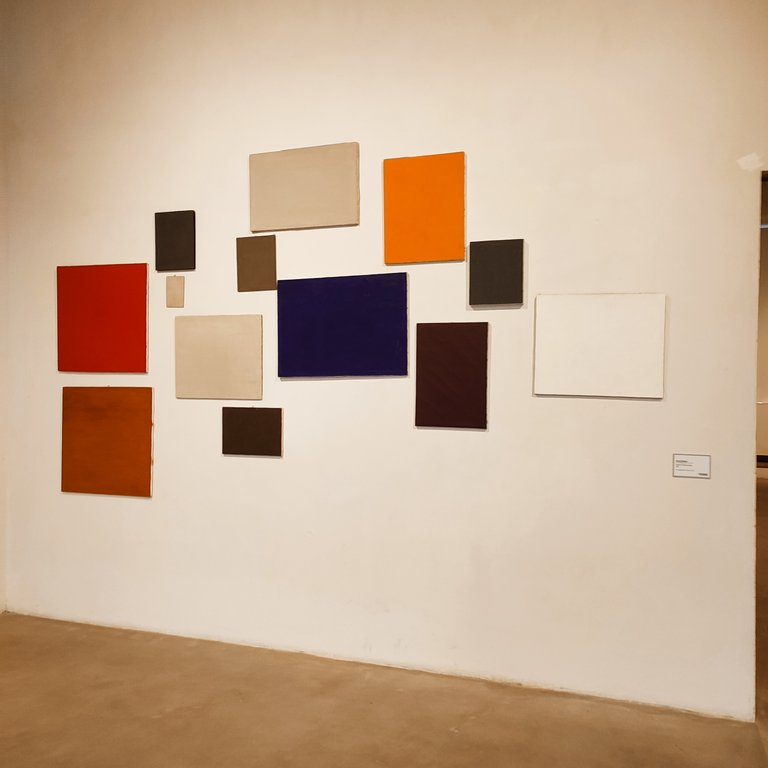
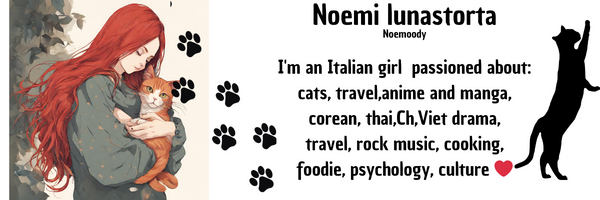
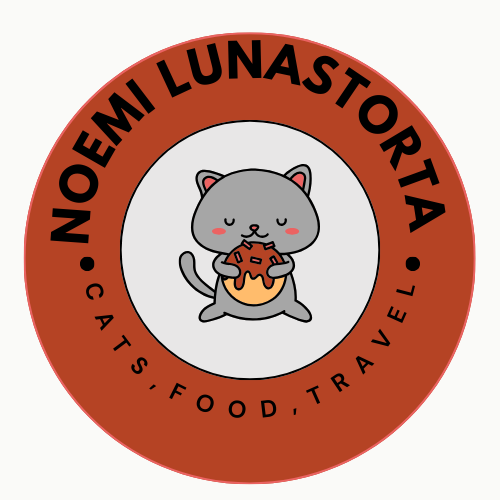
> Photos made with RedMi 10, translated with deepl.


